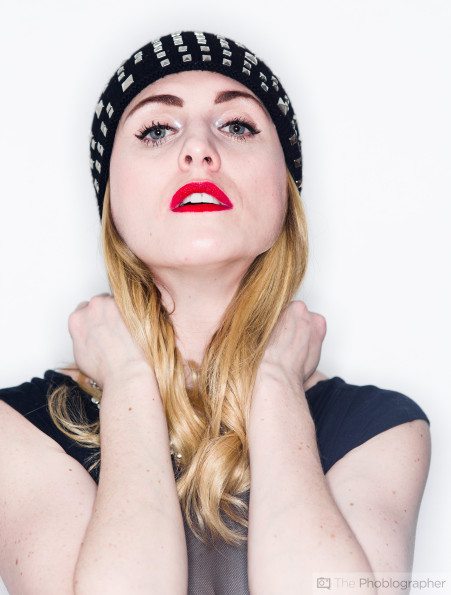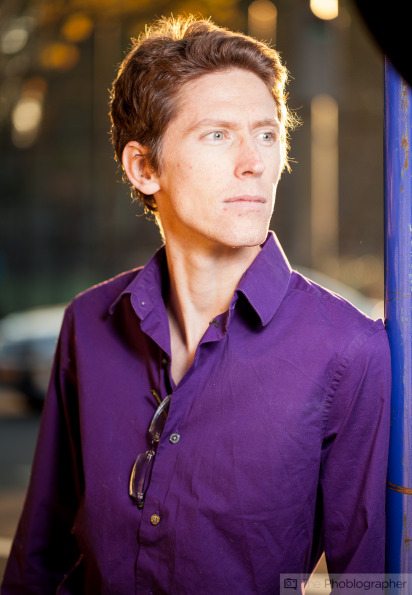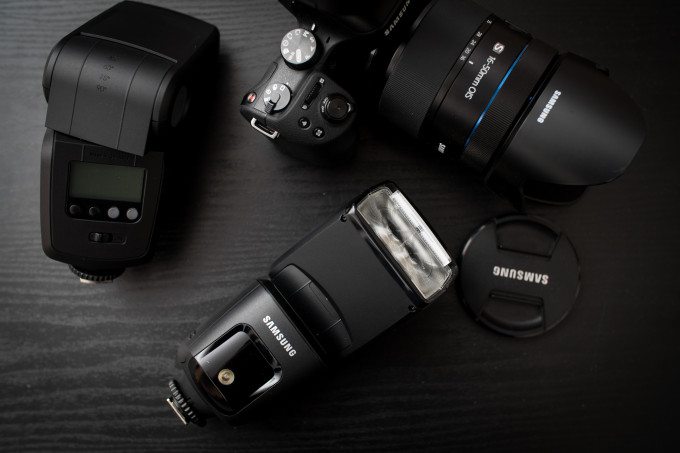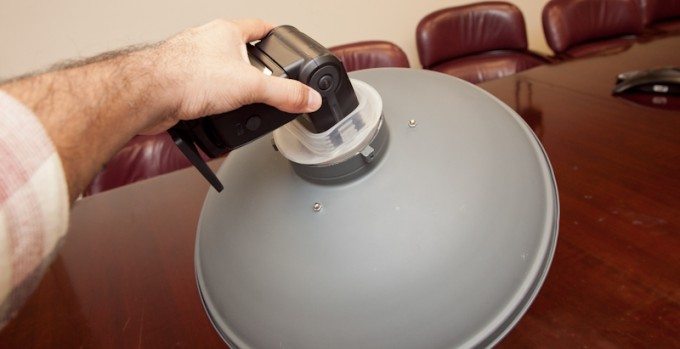A flash in the hot shoe may be the easiest way for someone to use one, but in many situations you’ll start to realize just how much you’re limiting yourself. A hot shoe flash can only do so much to a scene or a subject and it can do even less if the light is only in one place. Sure, hot shoe flashes (otherwise known as speedlights or speedlites) have tiltable heads and can bounce their light to a bunch of different directions, but they’re still limited in mobility.
Taking the flash out of the shoe though opens up lots of possibilities.
Delegated Simply to Bouncing or Direct Light
A flash in the hot shoe can do one of two things:

– Face forward towards your subject therefore giving them the deer in headlights look.
or
– Face upward or in another direction and bounce its light output off of a wall or surface.
Photographers, especially wedding photographers and photojournalists, have been doing this for years (and continue to) with great results. For that specific gig, this type of lighting works perfectly fine. But for studio style work, it just won’t do. Some folks love the deer in headlights look while others don’t. And if fall into the latter category, then you’ll need to bounce the flash output. Bouncing light isn’t very effective because of how it works.
The concept of a speedlight works like this: you have a flash but it has a head that can pretty much face any direction. Because of that, it effectively turns surfaces into soft light sources. Make it face behind you and above and it will be like shooting with a softbox behind and above you. Aim it at the ceiling and it will turn the ceiling into a soft light source. However, the flash is forcing itself to work harder because of this.
Diffusion
Other ways to make a flash softer involve diffusion–such as putting a little plastic diffuser over it to soften the light output. Generally, these are a waste of money and just drain the battery life. Diffusion for a flash in the hot shoe also involves working with the zoom head. The narrower the beam, the more the head is zoomed in. The wider the beam, the more zoomed out the head is and therefore the light output covers a larger surface area. when it does this, it creates softer light at a specific power level when bounced off of a surface. Sometimes, the light is so soft that it will even not need to be bounced and can be used directly.
However, the diffusion properties are still even better when the flash is out of the hot shoe and in a softbox, beauty dish, octabank, or umbrella. The light also becomes significantly more efficient and you therefore save battery life.
Wasting More Battery Power

Speaking of battery life, a flash in the hot shoe wastes a ton of battery life. By bouncing and hitting various surfaces, the flash is working extra hard to illuminate the area. If you’re shooting in TTL mode, the flash also won’t know the distance to the subject or the area it is bouncing the light off of–so you’ll need to compensate according with flash exposure compensation.
You can eliminate the need for doing this by simply just taking it out of the shoe and setting the flash directly to the setting.
Direction of the Light Isn’t as Controllable
The last reason is in some ways just common sense: when a flash is only in one spot then it can only reach out so far. But if it gets the ability to move around, then the light can be controlled differently. While you physically can move closer or farther away, a flash out of the shoe can move camera left or camera right or even behind the subject for backlighting. Because of this, the flash then gets more versatile, which potentially saves battery life and makes better use of the light’s efficiency.



